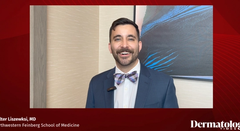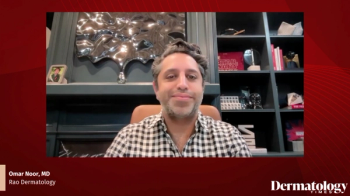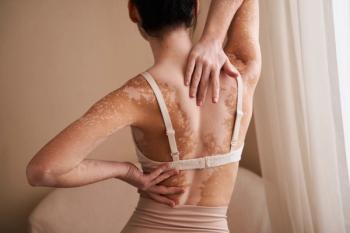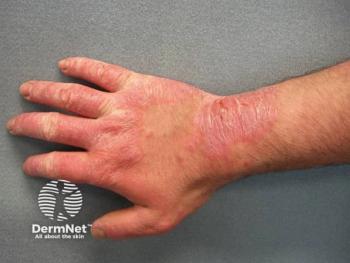
How New Topical Therapies Are Transforming Atopic Dermatitis Care
At the Elevate-Derm Summer 2025 meeting, Walter Liszewksi, MD, discussed how new topical therapies, particularly JAK inhibitors, are transforming AD care with rapid itch relief, effectiveness in complex cases, and patient-friendly formulations for sensitive areas.
Episodes in this series

Walter Liszewski, MD, a dermatologist at Northwestern University specializing in atopic dermatitis, chronic urticaria, and patch testing, shares insights on treating moderate to severe atopic dermatitis (AD). Liszewski highlighted the evolving role of topical therapies in managing AD, particularly in addressing the symptom that most often drives patient distress—itch.
Liszewski emphasized the rapid efficacy of topical JAK inhibitors, noting that their onset of action parallels that of oral JAKs. While systemic JAK inhibitors are well recognized for improving pruritus within 24 to 48 hours, he explained that a similar response can often be seen with topical formulations. He cited ruxolitinib cream (Opzelura; Incyte) as an example, pointing out that patients frequently experience meaningful relief of itch within hours and visible improvement in rash within days. This rapid response has significant implications for patient satisfaction and adherence, particularly in those with moderate to severe AD.
The conversation also addressed therapeutic challenges in treating difficult-to-manage areas such as the face, hands, and genitals. Liszewski explained that chronic hand eczema often has a multifactorial etiology, including components of atopic dermatitis, allergic contact dermatitis, and irritant dermatitis. In these cases, low-potency corticosteroids or traditional non-steroidal topicals may be insufficient. He stressed the utility of topical JAK inhibitors in this population, citing their broader anti-inflammatory activity and efficacy in recalcitrant hand dermatitis.
For sensitive sites such as the face and genitals, Liszewski recommended non-steroidal options such as ruxolitinib (Opzelura), tapinarof (Vtama; Organon), and roflumilast (Zoryve; Arcutis). While each has demonstrated clinical effectiveness, he noted that cosmetic elegance often guides patient acceptance and preference. In particular, he expressed a favorable view of roflumilast cream, which lacks propylene glycol and offers a smooth, non-greasy formulation that patients find comfortable for application on cosmetically sensitive areas.
Overall, Liszewski’s insights highlight how newer topical therapies, especially JAK inhibitors, are reshaping management strategies for AD by providing rapid itch control, expanding efficacy in complex cases such as chronic hand eczema, and offering cosmetically elegant options for sensitive skin regions. These developments further align topical therapy with patient-centered goals of comfort, adherence, and quality of life improvement.
Newsletter
Like what you’re reading? Subscribe to Dermatology Times for weekly updates on therapies, innovations, and real-world practice tips.






















